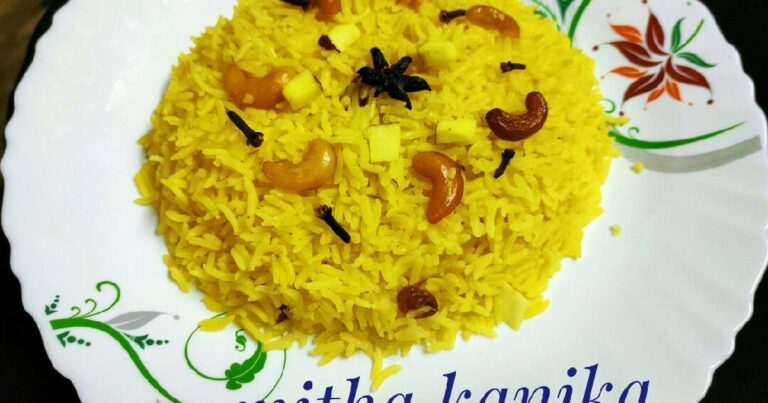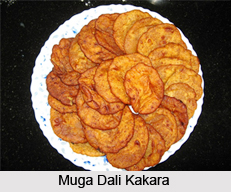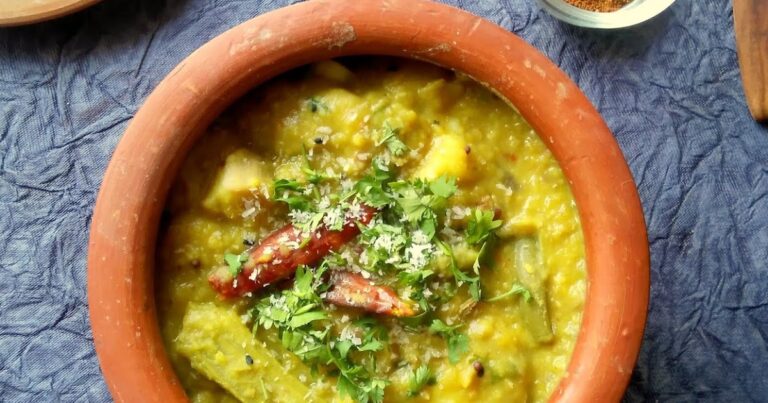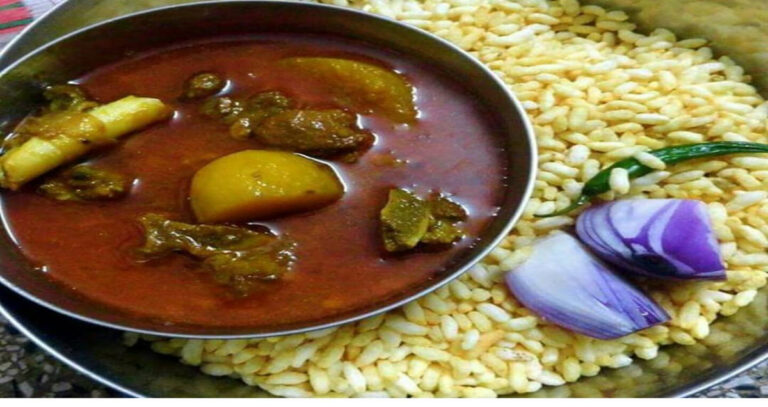Pani Puri -Golgappa or Puchka or Gupchup
Pani Puri, also known as Golgappa or Puchka, is a popular street food in India and other parts of South Asia. It is a small, round, hollow puri (crispy fried dough ball) filled with a mixture of flavored water (pani), tamarind chutney, spicy mashed potatoes, chickpeas, and various other ingredients.
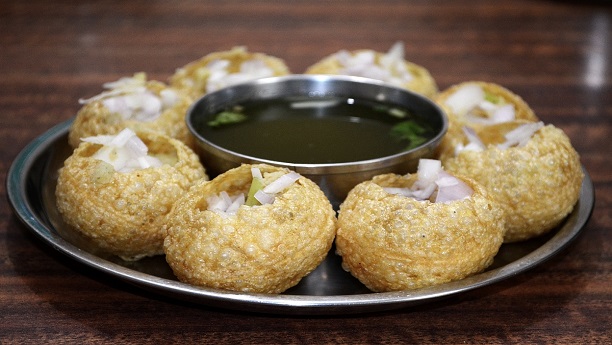
Ingredients For Pani Puri
For the puris:
- 1 cup semolina (sooji/rava)
- 1/4 cup all-purpose flour (maida)
- A pinch of baking soda
- Salt to taste
- Water (as required)
- Oil (for deep frying)
For the pani (flavored water):
- 1 bunch fresh mint leaves
- 1 bunch fresh coriander leaves
- 2-3 green chilies (adjust to taste)
- 1-inch piece of ginger
- 1 tablespoon tamarind paste
- 1 tablespoon chaat masala
- 1 tablespoon roasted cumin powder
- Black salt to taste
- Salt to taste
- 2-3 cups chilled water
For the tamarind chutney:
- 1 cup tamarind pulp
- 1 cup jaggery (grated)
- 1 teaspoon roasted cumin powder
- 1 teaspoon red chili powder
- Salt to taste
- Water (as required)
For the potato filling:
- 4-5 medium-sized potatoes (boiled, peeled, and mashed)
- 1 teaspoon roasted cumin powder
- 1 teaspoon chaat masala
- 1/2 teaspoon red chili powder
- Salt to taste
- Chopped coriander leaves (for garnish)
Optional garnishes:
- Chopped onions
- Sev (crispy gram flour noodles)
- Chopped coriander leaves
Preparation:
- Prepare the puris:
- In a mixing bowl, combine semolina, all-purpose flour, baking soda, and salt.
- Gradually add water and knead into a stiff dough.
- Cover the dough and let it rest for 15-20 minutes.
- Divide the dough into small balls and roll them out into thin discs.
- Heat oil in a deep pan and fry the puris until they turn golden brown and crispy. Set them aside.
- Make the pani:
- In a blender, blend mint leaves, coriander leaves, green chilies, and ginger into a smooth paste.
- Transfer the paste to a large bowl and add tamarind paste, chaat masala, roasted cumin powder, black salt, and salt.
- Add chilled water gradually and mix well. Adjust the flavors according to your taste. Set the pani aside.
- Prepare the tamarind chutney:
- In a saucepan, combine tamarind pulp, jaggery, roasted cumin powder, red chili powder, salt, and water.
- Cook over low heat until the jaggery melts and the chutney thickens to a sauce-like consistency.
- Remove from heat and let it cool. Set the chutney aside.
- Make the potato filling:
- In a bowl, mix together mashed potatoes, roasted cumin powder, chaat masala, red chili powder, and salt.
- Adjust the spices according to your taste.
- Garnish with chopped coriander leaves.
- Assemble the Pani Puris:
- Take a puri and gently make a small hole in the center using your thumb.
- Fill the puri with a teaspoon of potato filling.
- Drizzle some tamarind chutney over the filling.
- Dip the filled our
Expert Tips
Pani Puri, also known as Golgappa or Puchka, is a popular Indian street food snack loved for its burst of flavors. Here are some expert tips to help you make delicious Pani Puri at home:
- Crisp Puris: Ensure that the puris are fresh and crispy. You can either make them at home or buy them from an Indian grocery store. Store-bought puris should be stored in an airtight container to maintain their crispiness.
- Spicy Pani: The Pani (the tangy and spicy water) is the heart of Pani Puri. Make it flavorful by using a combination of mint leaves, coriander leaves, green chilies, ginger, tamarind pulp, and chaat masala. Adjust the spice level according to your preference. You can also add a pinch of roasted cumin powder for an extra burst of flavor.
- Sweet Tamarind Chutney: The sweet chutney adds a balancing sweetness to the Pani Puri. To make it, soak tamarind in warm water for a while, then strain and mix the tamarind pulp with jaggery (or sugar), roasted cumin powder, black salt, and a little water. Adjust the sweetness and consistency to your liking.
- Filling: The filling for Pani Puri usually consists of boiled potatoes and chickpeas. Make sure the potatoes are boiled and diced into small cubes. You can also add sprouted moong beans or boiled black chana for variation. Season the filling with black salt, chaat masala, and a squeeze of lemon juice for tanginess.
- Assembly: Just before serving, gently tap the top of each puri to create a small hole. Fill each puri with a spoonful of the filling mixture, then add a few drops of the sweet chutney and spicy pani. Serve immediately to enjoy the crispness of the puris.
- Serving Suggestions: Pani Puri is typically served with a side of a tangy and spicy water called Meetha Pani. It helps balance the spiciness of the regular Pani. You can also serve Pani Puri with additional accompaniments like finely chopped onions, sev (crunchy chickpea flour noodles), and boondi (small fried gram flour balls) for added texture and flavor.
Preparation Time
The preparation time for Pani Puri, also known as Golgappa or Puchka, can vary depending on factors such as the quantity you are making and your familiarity with the recipe. However, on average, it takes about 45 minutes to 1 hour to prepare Pani Puri from scratch. This time includes making the puris (hollow fried shells), preparing the filling, and making the spicy and tangy pani (flavored water). Here’s a breakdown of the different components and their approximate preparation times:
- Puris (fried shells): Making the dough, rolling out the puris, and frying them can take around 30-40 minutes. This time may vary depending on your skill level and the number of puris you are making.
- Filling: The filling for Pani Puri typically consists of boiled potatoes, chickpeas, and various chutneys. It takes about 10-15 minutes to boil and chop the potatoes, drain and rinse the chickpeas, and prepare the chutneys.
- Pani (flavored water): The Pani Puri water is a spicy and tangy mixture of spices, herbs, and tamarind pulp. It usually takes around 10 minutes to mix the ingredients and blend them together to make the flavorful pain.
Nutritional Value
The nutritional value of Pani Puri can vary depending on the specific ingredients and preparation methods used. However, I can provide a general overview of the common components of Pani Puri and their nutritional contributions:
- Puri (Fried Dough Ball):
- The puri is made from wheat flour or semolina, which provides carbohydrates and some dietary fiber.
- Since the puris are deep-fried, they can be high in calories and fat. However, the exact nutritional content may vary based on the size and thickness of the puris and the oil used for frying.
- Filling:
- The filling in Pani Puri usually consists of boiled and mashed potatoes and cooked chickpeas (chana).
- Potatoes are a good source of carbohydrates and dietary fiber, along with some vitamins and minerals.
- Chickpeas provide protein, dietary fiber, and various vitamins and minerals.
- Pani (Tangy Water):
- The pani in Pani Puri is a mixture of water, tamarind pulp, mint, coriander, and other spices.
- While the pani adds flavor, it typically does not contribute significant nutritional value.
- Chutneys:
- Pani Puri is typically served with different chutneys, such as tamarind chutney and mint chutney.
- Tamarind chutney is made from tamarind pulp, jaggery or sugar, and spices. It can be a source of carbohydrates and small amounts of vitamins and minerals.
- Mint chutney is made from fresh mint leaves, coriander, green chilies, and spices. It may contain small amounts of vitamins and minerals.
Side Effects
Pani Puri is generally considered safe and delicious, it’s important to note that individual reactions to food can vary. Here are some potential side effects or considerations associated with consuming Pani Puri:
- Allergies: Some people may have allergies to certain ingredients used in Pani Puri, such as wheat (found in the puris) or tamarind. Wheat allergies can cause symptoms like digestive issues, skin rashes, or difficulty breathing. Tamarind allergies may lead to itching, swelling, or anaphylaxis in severe cases.
- Spices and Chilies: Pani Puri water is often flavored with various spices and green chilies. While these ingredients add flavor, they can be spicy and may cause discomfort or gastrointestinal issues for individuals with sensitive stomachs or digestive conditions like gastritis or irritable bowel syndrome (IBS).
- Contamination: Street food can sometimes be exposed to unhygienic conditions, which can lead to foodborne illnesses. Poor food handling practices or contaminated ingredients can cause bacterial or viral infections, resulting in symptoms like diarrhea, nausea, vomiting, or stomach cramps. It is essential to ensure that the vendor follows proper hygiene practices when preparing Pani Puri.
- Overeating: Pani Puri is typically consumed in large quantities, and overeating can lead to indigestion, bloating, or discomfort. It is advisable to eat in moderation and listen to your body’s signals of satiety.
- Hygiene: The hygiene standards of the preparation area and the water used in Pani Puri are crucial. Contaminated water or improperly washed ingredients can contribute to the risk of waterborne diseases like typhoid or hepatitis A. It is recommended to consume Pani Puri from reputable vendors who maintain good hygiene practices.
- If you have known allergies or sensitivities to certain ingredients, avoid consuming them or seek alternatives.
- Opt for vendors with a clean and hygienic food preparation area.
- Consider preparing Pani Puri at home using fresh ingredients and maintaining proper hygiene throughout the process.

